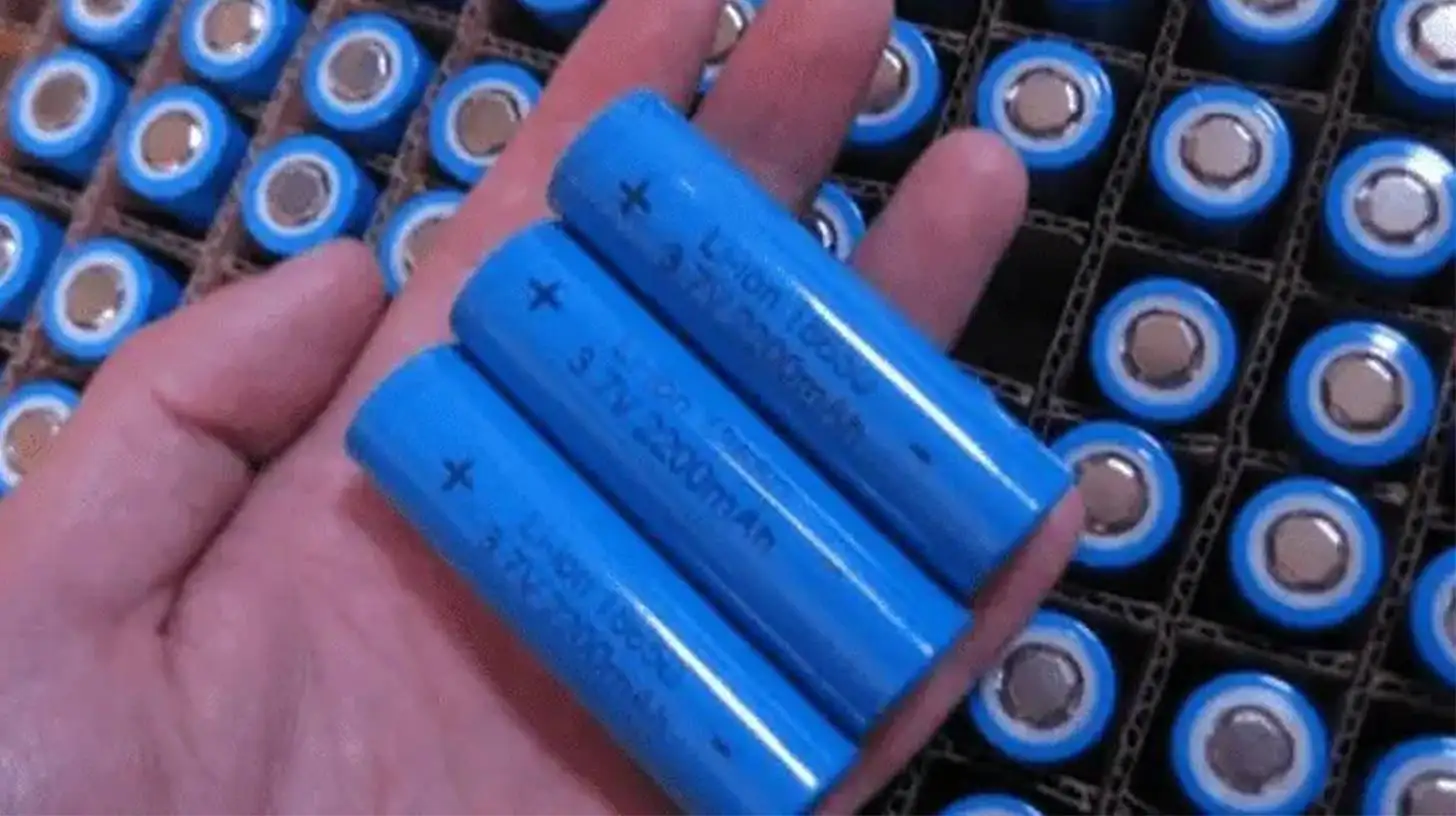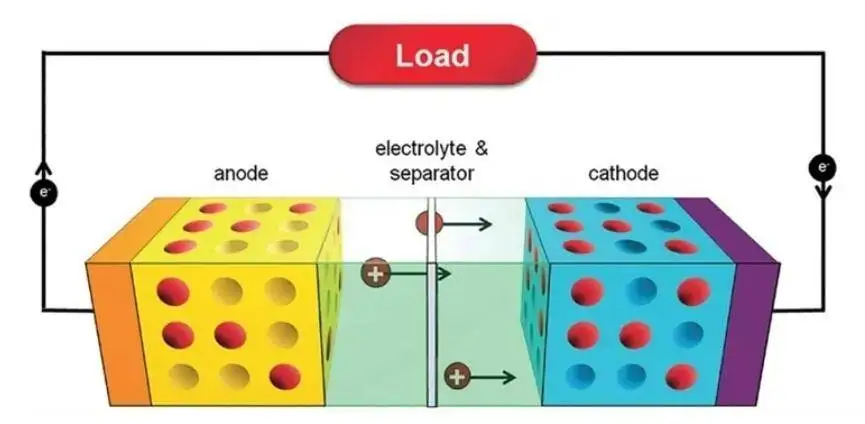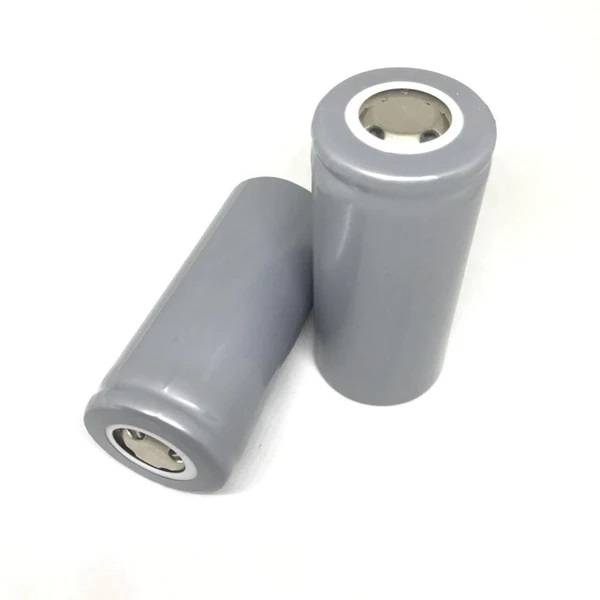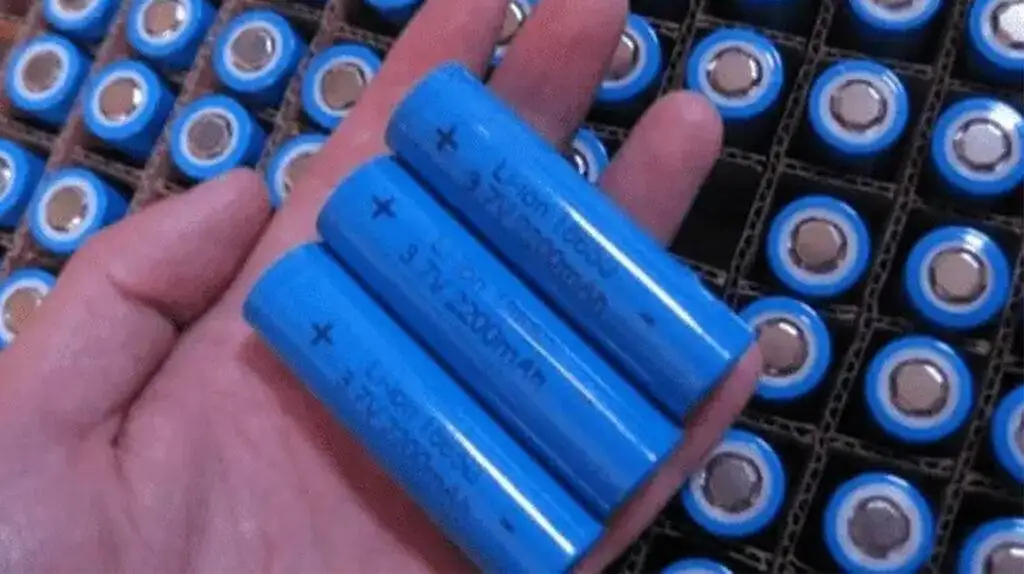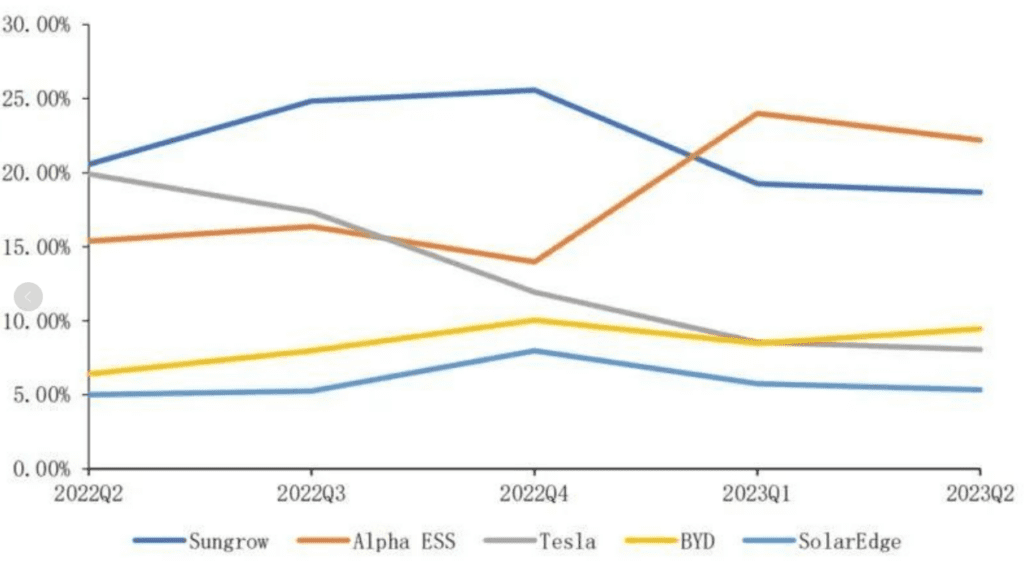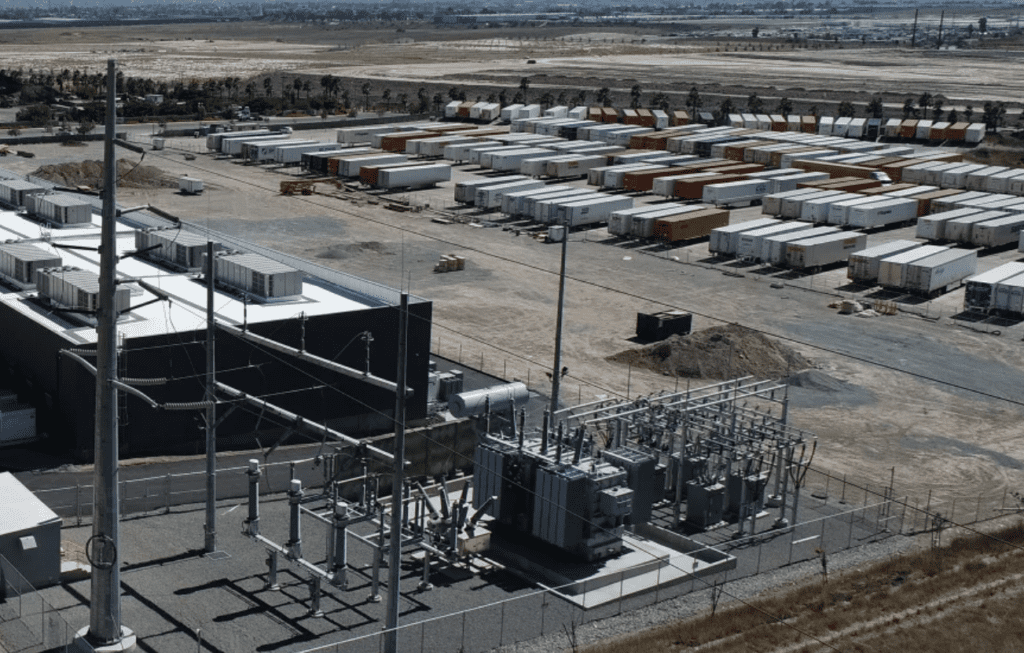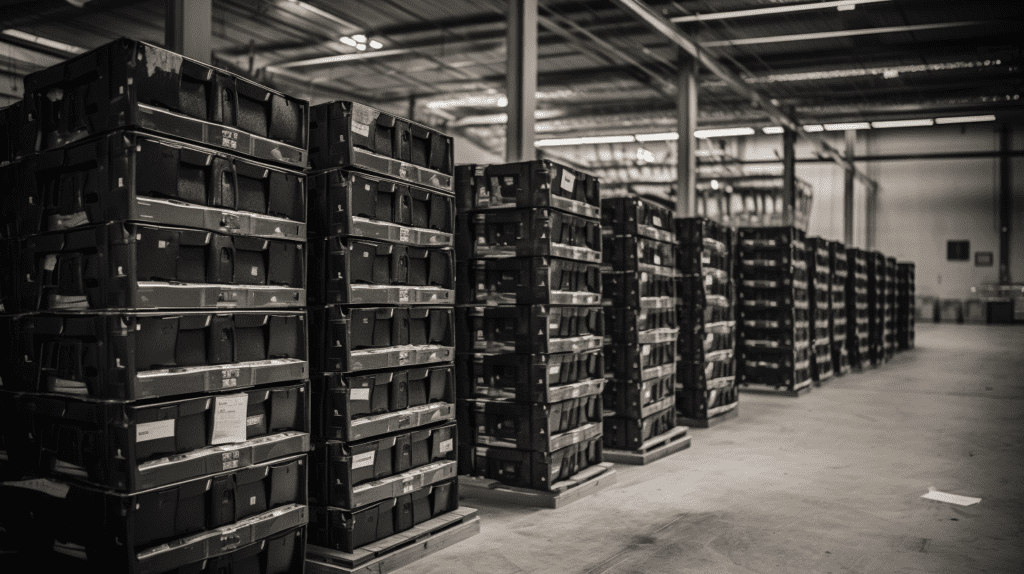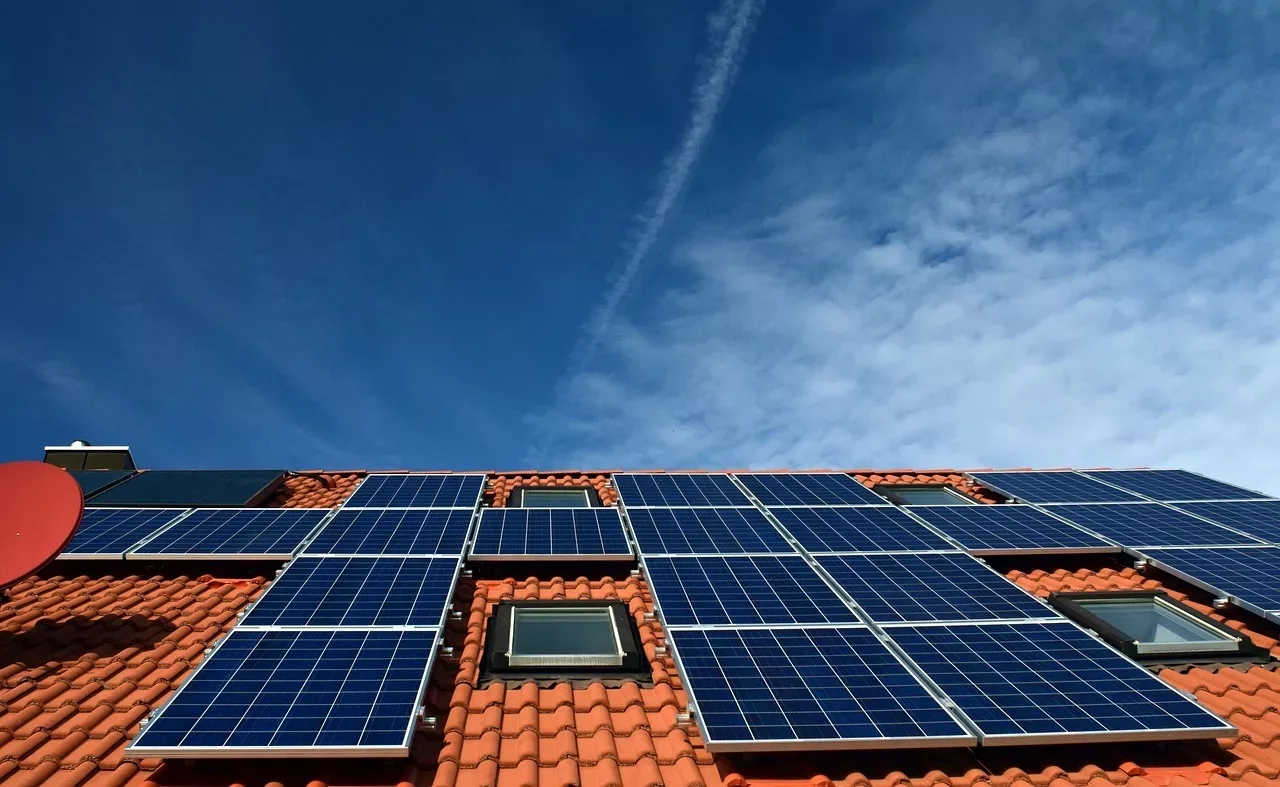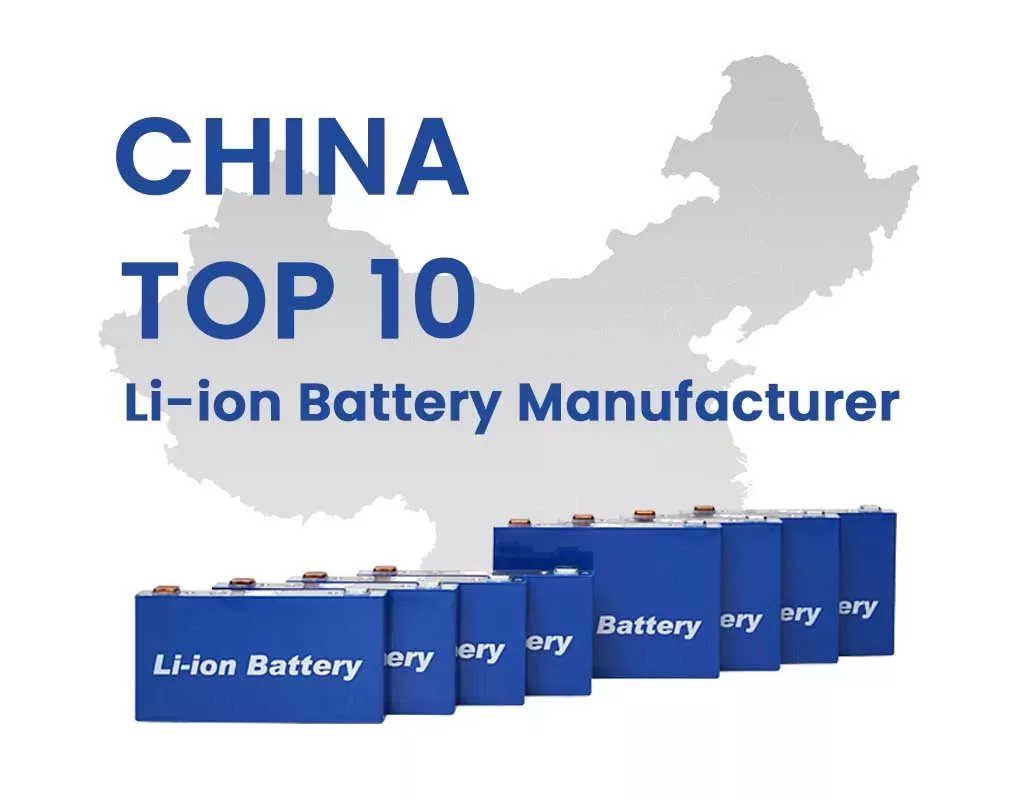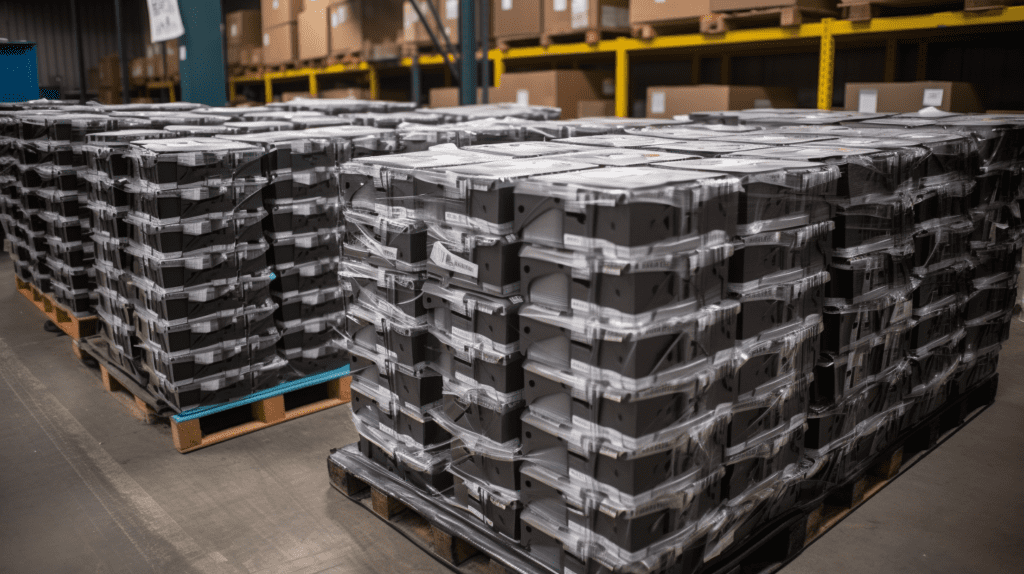
#post_seo_title
In the manufacturing process of lithium-ion battery packs, electrode sheet production is the foundation, cell production is the core, and battery assembly is crucial for the final product quality of lithium-ion batteries. The specific steps in the manufacturing process of lithium-ion battery packs include
- Positive electrode slurry preparation
- Negative electrode slurry preparation
- Positive electrode sheet production
- Negative electrode sheet production
- Steel casing assembly
- Electrolyte injection
- Testing, and packaging.
From this, it is evident that each stage in the manufacturing process of lithium-ion battery packs is closely related to product quality and safety. Every step in the lithium-ion battery production process must be managed rigorously and meticulously to enhance the safety and performance of lithium-ion battery pack products.
Manufacturing Process
| Steps | Explanation |
| Step 1 – Electrode Slurry Preparation
|
This mainly involves mixing together electrode active materials, binders, solvents, and other components, and thoroughly stirring and dispersing them to form a slurry.
|
| Step 2 – Coating
|
In this step, the slurry prepared in the first step is evenly coated onto a current collector (such as aluminum foil or copper foil) to a specified thickness, and the solvent is then dried.
|
| Step 3 – Electrode Sheet Punching and Cutting
|
In this step, the electrode sheets produced in the previous step are punched and cut into specified dimensions and shapes.
|
| Step 4 – Stacking
|
In this step, the electrode sheets produced in the previous step are punched and cut into specified dimensions and shapes.
|
| Step 5 – Assembling Pouch Cells
|
In this step, the electrode core produced in the previous step is placed into the pre-punched aluminum-plastic film, and the top sealing, side sealing, etc., are completed, leaving an opening for electrolyte injection, thus forming an unsealed pouch cell.
|
| Step 6 – Electrolyte Injection
|
In this step, a specified amount of electrolyte is injected into the interior of the pouch cell. The cell must undergo baking and the electrolyte injection process should be performed in a low humidity environment to avoid excess moisture content.
|
| Step 7 – Battery Sealing
|
In a vacuum environment, the gas inside the cell is removed, and the sealing process is completed.
|
Challenges in production
With the rapid development of electric vehicles and the automotive industry, on-board power batteries have also advanced quickly. However, there are several issues in the production of lithium-ion battery packs that lead to a lack of uniformity in the quality of battery products in the market. The capacity and later-cycle life of lithium-ion battery packs often do not meet their intended design life, which is closely related to the unique production processes involved in the manufacturing of lithium-ion battery packs.

